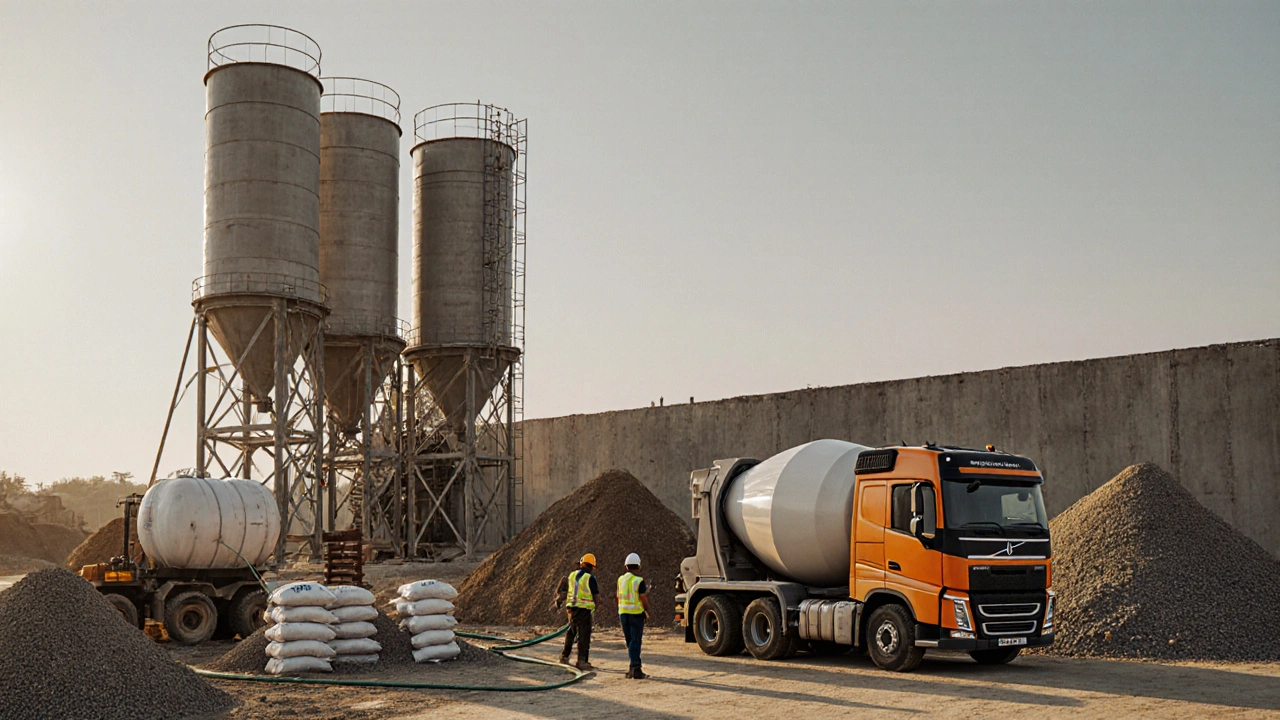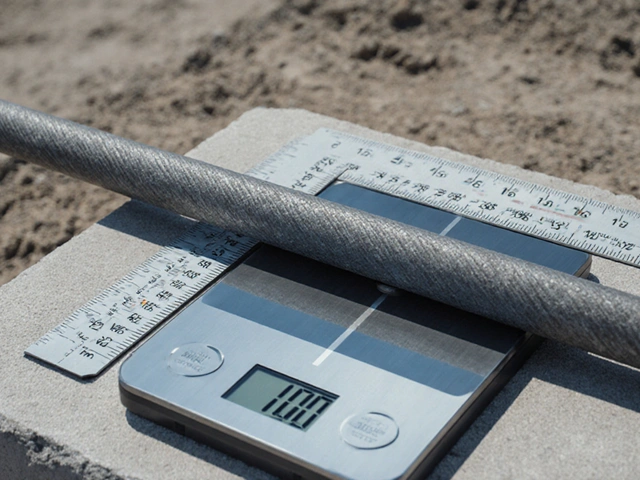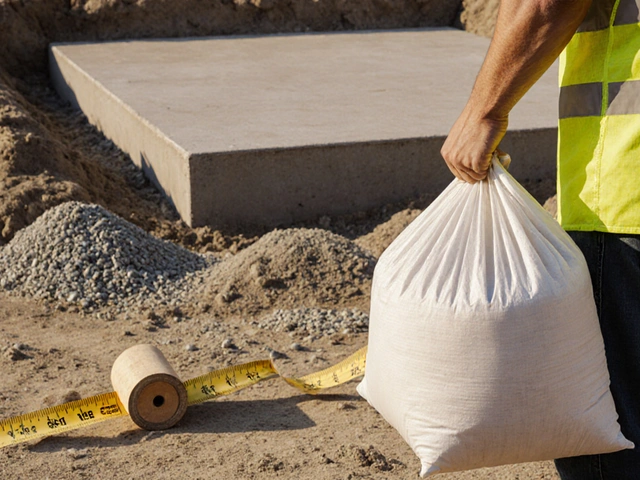Beton Hesabı Nasıl Yapılır? Adım Adım Pratik Rehber
When you start a beton hesabı, inşaatta kullanılan beton miktarını, çimento ve demir ihtiyacını belirlemek için yapılan hesaplamadır. Also known as beton ölçümü, it lets you plan cost and material procurement efficiently.
Meanwhile, çimento, beton karışımının bağlayıcı kısmını oluşturur ve miktarı beton hacmine göre hesaplanır directly influences the mix design. inşaat demiri, betonun dayanıklılığını artıran çubuklardır; çubuk çapı ve aralığına göre toplam kilo hesabı yapılır is another key variable. hazır beton, önceden karıştırılmış ve yerinde dökülen betondur; fiyatı beton hesabının maliyet tahmininde kritik rol oynar also enters the equation. Lastly, beton kalınlığı, zeminin dayanıklılığını belirleyen ölçüdür; kalınlık arttıkça malzeme ihtiyacı da artar shapes the overall volume.
Beton Hesabı İçin Temel Adımlar
First, define the projected floor area and the required beton kalınlığı. Multiply length, width, and thickness to get the cubic meter (m³) volume – that's your base number. Next, decide the concrete class (C20, C25, vs.) because each class has a standard cement dosage. For example, C25 typically uses about 320 kg of çimento per m³. Apply this ratio to the volume you just calculated and you have the total çimento kilogram needed.
After cement, focus on inşaat demiri. Determine the reinforcement grid (e.g., 20 cm × 20 cm) and select the bar diameter (12 mm, 16 mm, etc.). Use the standard weight formula ( % weight = length × area × density ) to compute the kilogram of demir per m³. Multiply by your total volume, and you have the demir miktarı. Remember, larger spans or higher loads demand denser reinforcement, so adjust the grid accordingly.
Now bring in hazır beton fiyatı. Get the current market price per m³ (prices change with cement, sand, and aggregate costs). Multiply the price by the total volume to estimate the raw material cost. Add separate line items for çimento and demir – many suppliers price these separately, and buying in bulk can lower the per‑kilogram rate.
Don’t forget waste factor. In real projects, about 5‑10 % extra material is lost due to spillage, over‑mix, and cutting of rebar. Increase each calculated amount by this percentage to avoid shortages on site. This small step saves time and prevents last‑minute purchases that spike the budget.
Finally, compile a simple spreadsheet. Columns for “m³”, “çimento (kg)”, “demir (kg)”, “hazır beton (TL)”, and “% fazla” keep everything transparent. When you compare different suppliers, you’ll see which offers the best overall cost, not just the lowest unit price.
All these pieces—volume, çimento, demir, fiyat, ve fazlalık—form a complete beton hesabı workflow. By following the steps, you turn a vague idea of “how much concrete?” into exact numbers you can trust.
In the list below you’ll find detailed articles that dig deeper into each element: from çimento tüketim tabloları, demir ağırlık formülleri, hazır beton fiyat analizleri, to pratik örnek hesaplamalar. Use them to fine‑tune your own projects and keep your bütçeyi kontrol altında.

Hazır Beton Hesabı Nasıl Yapılır? Adım Adım Kılavuz
Hazır beton hesabını adım adım öğrenin, doğru karışım oranları, maliyet hesabı ve sık yapılan hatalardan nasıl kaçınılacağını keşfedin.
Hazır beton fiyatlarıSon Gönderiler
Etiketler
- inşaat malzemeleri
- vinç kiralama
- inşaat demiri
- inşaat demiri fiyatı
- çimento fiyatları 2025
- çimento online sipariş
- inşaat demiri fiyatları
- hazır beton fiyatları
- demir fiyatları
- hazır beton fiyatı
- hazır beton
- inşaat malzemeleri fiyatları
- inşaat maliyeti
- çimento fiyatları
- demir fiyatları 2025
- demir ton fiyatı
- çimento ağırlığı
- çimento fiyatı
- blok zinciri
- inşaat demiri ağırlığı




